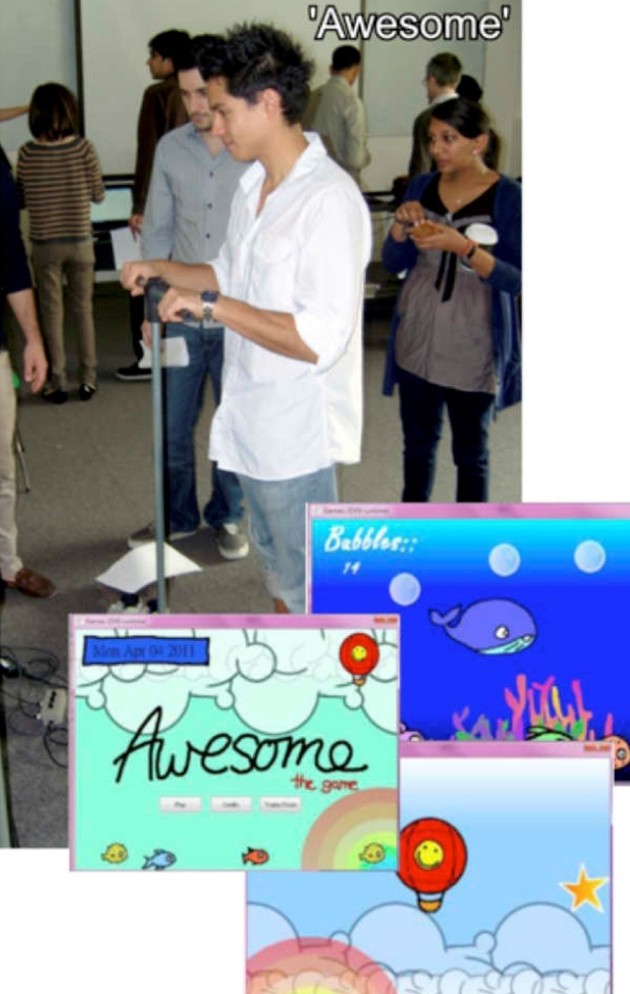HCARD: Human Centered design of Assistive and Rehabilitation Devices (BIOE96040)
In the unique HCARD (Human Centered design of Assistive and Rehabilitation Devices) course, engineering students learn to design rehabilitation systems and assistive devices, integrating mechatronics, human factors and computer games:
- through lectures given by experts in these topics;
- by developing a complete system for rehabilitation or assistance;
- by collaborating with students of complementary background;
- by competing against other groups to develop “the best system”.
This course has been described in a paper by IEEE Medicine and Biology Magazine. See here the devices developed during the course in the last few years.
Neuromechanical control and learning (BIOE97089/BIOE97120)
To analyze the way humans perform physical tasks, research and teaching classically focus either on the biomechanical aspects, thus neglecting neural control, or conversely focus on the cognitive aspects, which may attribute effects of musculoskeletal dynamics to cognition.
Based on research of the last 30 years, including findings from the Human Robotics Group, this course gradually builds motor behaviours, starting from muscle mechanics, by integrating both biomechanics and neural control aspects.
This course evolved from a tutorial at the IEEE International Conference on Robots and Intelligent Systems (IROS 2004) with Theodore Milner of McGill and, together with also David Franklin of Cambridge University, it has given rise to a book at MIT Press.
Signal, system and control:
Classical ‘signals and systems’ courses are generally based on electrical engineering applications. However this course integrates Bioengineering examples (e.g., in medical imaging, brain-machine interface, robotic wheelchair, human-machine interaction, fly fly control).
Solving the weekly tutorials enables the students to assimilate this material actively, during the whole term, rather than one week before the examinations. Students can ask questions during the courses, or at a weekly contact hour with teaching assistants.